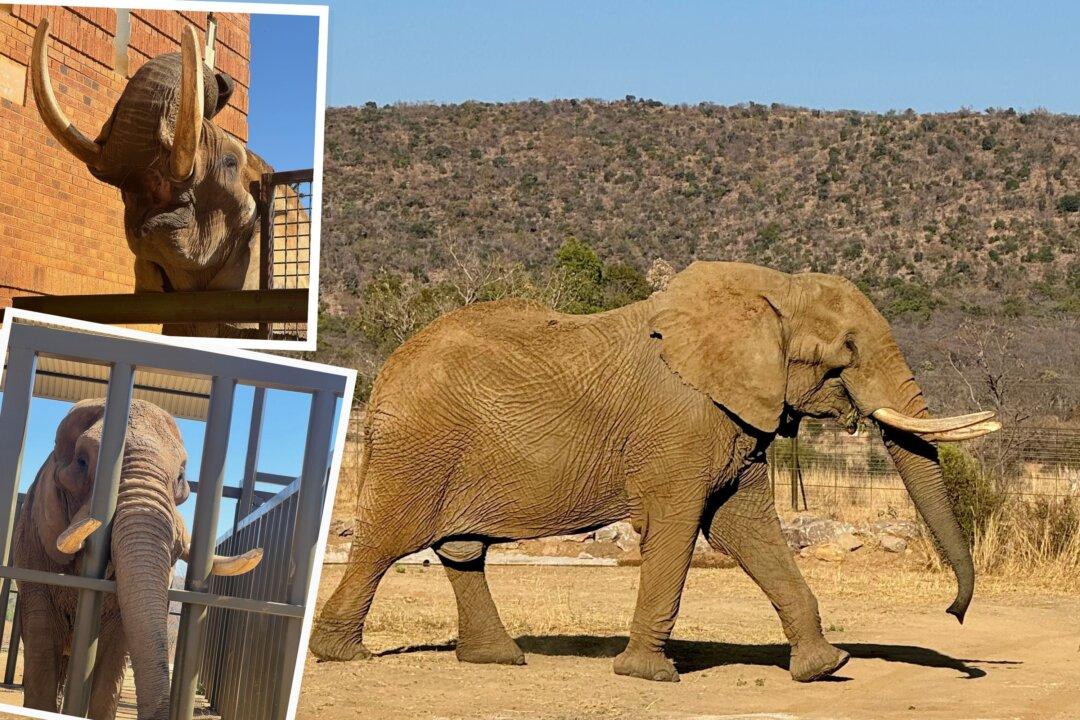For Duma the elephant, life has never tasted so sweet. After 40 years in captivity, including 20 years working in a circus, this solitary African elephant is finally free and has arrived at his forever home at the Shambala Private Reserve in Limpopo, South Africa.
Previously named Charlie, Duma was given his current name by his rescuers—a name they think is more “suitable and respectful” for the giant African bull elephant.






